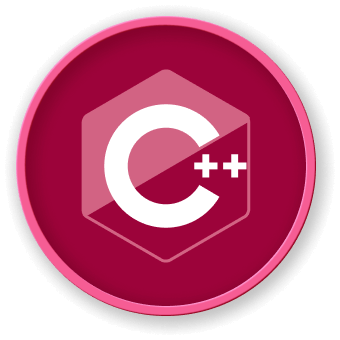Avoiding Namespace Pollution
Understanding Namespace Pollution
Namespace pollution occurs when global or using directives introduce unintended name conflicts and reduce code clarity.
Common Sources of Namespace Pollution
graph TD
A[Namespace Pollution] --> B[Broad Using Directives]
A --> C[Global Variables]
A --> D[Uncontrolled Imports]
A --> E[Implicit Declarations]
1. Problematic Using Directives
Bad Practice
using namespace std; // Avoid this in header files!
void processData() {
cout << "Risky approach" << endl; // Pollutes global namespace
}
Good Practice
#include <iostream>
void processData() {
std::cout << "Controlled namespace usage" << std::endl;
}
Strategies to Prevent Namespace Pollution
Selective Using Declarations
| Approach |
Description |
Example |
| Specific Using |
Import only needed names |
using std::string; |
| Namespace Aliases |
Create shorter references |
namespace fs = std::filesystem; |
| Explicit Qualification |
Use full namespace path |
std::vector<int> data; |
Namespace Scoping Techniques
namespace LabEx {
// Localized namespace prevents global pollution
void processData() {
// Implementation
}
}
Advanced Namespace Management
Anonymous Namespaces
namespace {
// Symbols invisible outside translation unit
int internalCounter = 0;
void privateHelper() { /* ... */ }
}
Inline Namespace Controls
namespace LabEx {
inline namespace Internal {
// Controlled internal implementation
class PrivateImplementation {};
}
}
Compilation-Level Protections
Namespace Checking
#pragma once // Header guard
namespace LabEx {
// Prevent multiple definitions
class SafeImplementation {
public:
void method();
};
}
Best Practices Checklist
- Avoid
using namespace in header files
- Use specific using declarations
- Prefer explicit namespace qualification
- Limit global namespace usage
- Utilize anonymous namespaces for internal implementations
Potential Risks of Namespace Pollution
graph LR
A[Namespace Pollution] --> B[Name Conflicts]
A --> C[Reduced Code Readability]
A --> D[Compilation Complexity]
A --> E[Maintenance Challenges]
Conclusion
Preventing namespace pollution requires disciplined coding practices, selective importing, and strategic namespace management. By following these guidelines, developers can create more maintainable and robust C++ software architectures.




